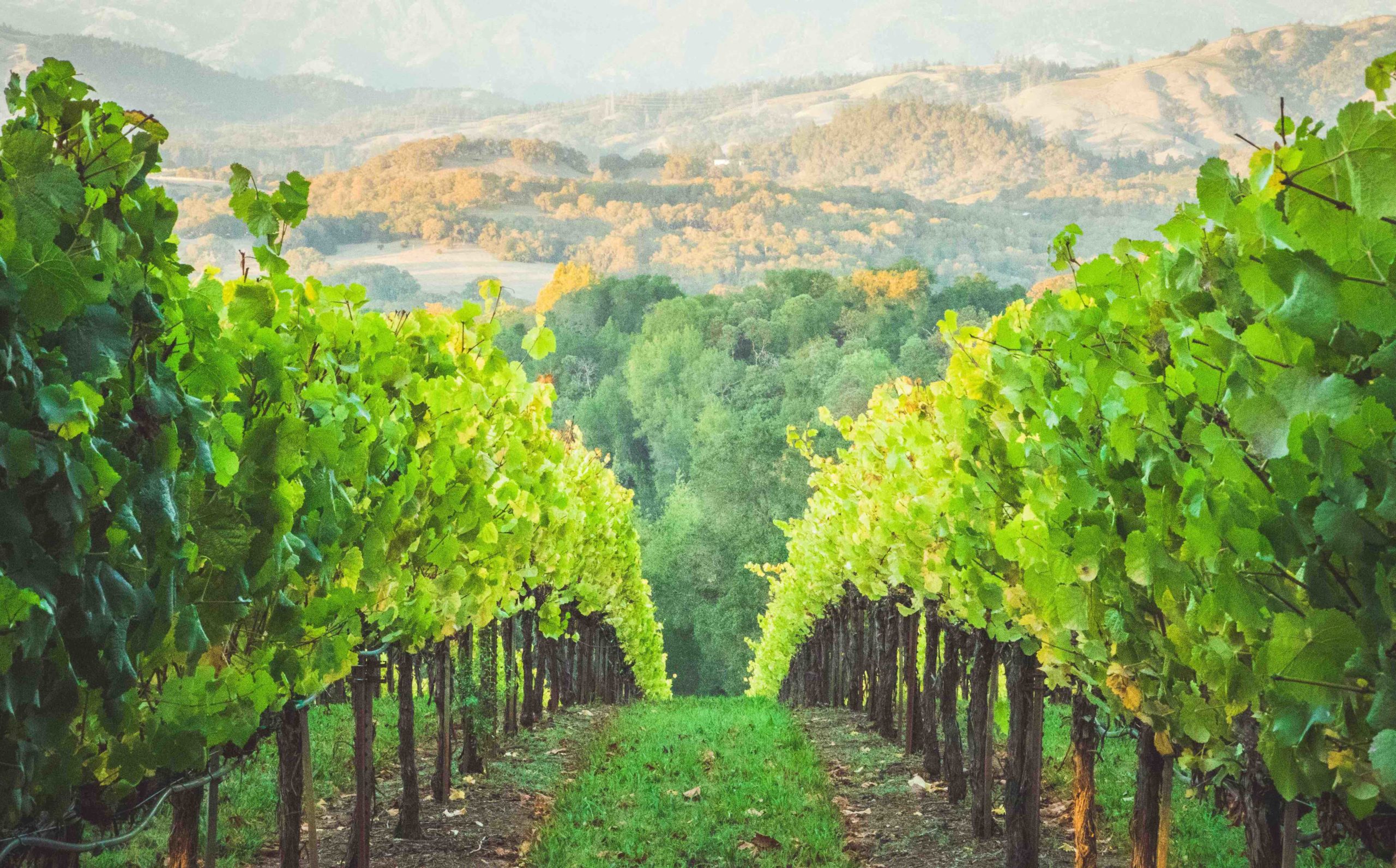
Food /
As far as gastronomy goes, certain subjects will always be contentious. Is foie gras immoral? Should you always order your steak rare? Does gluten intolerance really exist? These are all common topics which tend to spark debate around a dinner table, and while we may have to agree to disagree on some, a more recent subject which I’ve found myself conferring with friends is our mutual increased interest in natural wines.
Thus far, our conversations have included various inquiries such as: ‘Why is there a cloudy sediment at the bottom of my glass?’ ‘Does this smell funky to you?’ and ‘What is pet-nat anyway?’. These questions inspired me to do some research into the subject, which as it turns out, is rather…cloudy.
Unlike organic or biodynamic wines, the term ‘natural wine’ has no exact definition and there is no certifying body or hallmark to look out for on bottles. In fact, it’s more of a concept than a category with clear-cut characteristics. Really, it’s just a stripped-back form of wine making which takes the process right back to its most rudimentary and traditional roots. From vine to bottle, there’s as little intervention as possible. These types of wines are also often referred to as ‘low-intervention’, ‘raw’ or ‘naked’.

Natural wine tends to come from either organic or biodynamic grapes, meaning the vineyards are not sprayed with herbicides or fungicides which are used extensively in conventional agriculture. Biodynamic farming principles go a step further, deeply respecting the earth and holistic outlook on agriculture while taking into consideration many interdependent elements such as plants, animals, nearby soils, people and lunar cycles.
It’s safe to say that the process of natural wine making is environmentally-friendly in many ways. Even once the grapes have been harvested and transported to the cellars, this type of wine is produced with little to no additives. It is fermented naturally with native yeast that comes from the air instead of adding large quantities of sulfites (which some people believe is the main culprit of hangovers) and impurities are not filtered out after fermentation, leading to the cloudy sediment that can often be seen at the bottom of the bottle. There is minimal use of machinery too and overall, the labour intensive process results in small batch production.

The concept of natural wine is nothing new, nor is it a wellness fad; people have been fermenting grape juice without additives for thousands of years. However, in the modern world, natural winemaking heralds from France (surprise, surprise) and in particular the Loire Valley, where many producers apply the principles of minimum-intervention throughout the vinification process. The unique bottlings are becoming increasingly popular across the globe, making their way onto bar menus and wine lists in even the most mainstream places. As more of us show greater interest in the provenance of our food and become increasingly aware of the ethical and environmental impact of what we consume, the demand for raw wine also continues to increase. The consumption of natural wines and any other natural ingredient or product for that matter, is linked to an affinity for healthy living, environmental consciousness, and the preservation of culture and tradition – which we can all agree are positive things which the planet needs more of.
The adjective most often used to describe natural wines is ‘funky’. A slight tartness in terms of flavour, with an unexpected effervescence that leaves a little tingle on your tongue as you sip it. In both taste and texture, natural wine is vibrant, aromatic and alive. If you’re into kombucha or water kefir, you’re likely to love the complexity and unpredictability of it. As for pet-nat, that’s just short for petillant naturel, which is a naturally sparkling wine that’s like a more rustic version of Champagne. As it’s unfiltered, pet-nat is cloudier than champagne, but the delicate fizz makes it a great choice for the approaching Christmas and New Years’ season.
See below for a handful of the best spots for sipping some natural wine in Paris and London.
Racines, Paris
Occupying an old printing factory, with a menu that celebrates good quality produce, slow cooking methods and of course, ‘vins vivants’.
Vantre, Paris
This wine-focused bistro from Marco Pelletier, former sommelier at Le Bristol, is a natural wine mecca with over 2,000 eclectic labels.
Naughty Piglets, London
An intimate bistro serving seasonal and simple ingredients with a fully organic wine list.
40 Maltby Street, London
The wine at 40 Maltby Street is produced by a handful of wine-makers who eschew the use of chemical fertilisers and can be enjoyed at home or by the glass or bottle at the bar.
Terroirs, London
Terroirs opened in 2018 and was one of London’s first natural wine bars. They have two outposts, East Dulwich and Charing Cross, and serve British/French cuisine alongside their vibrant wines.